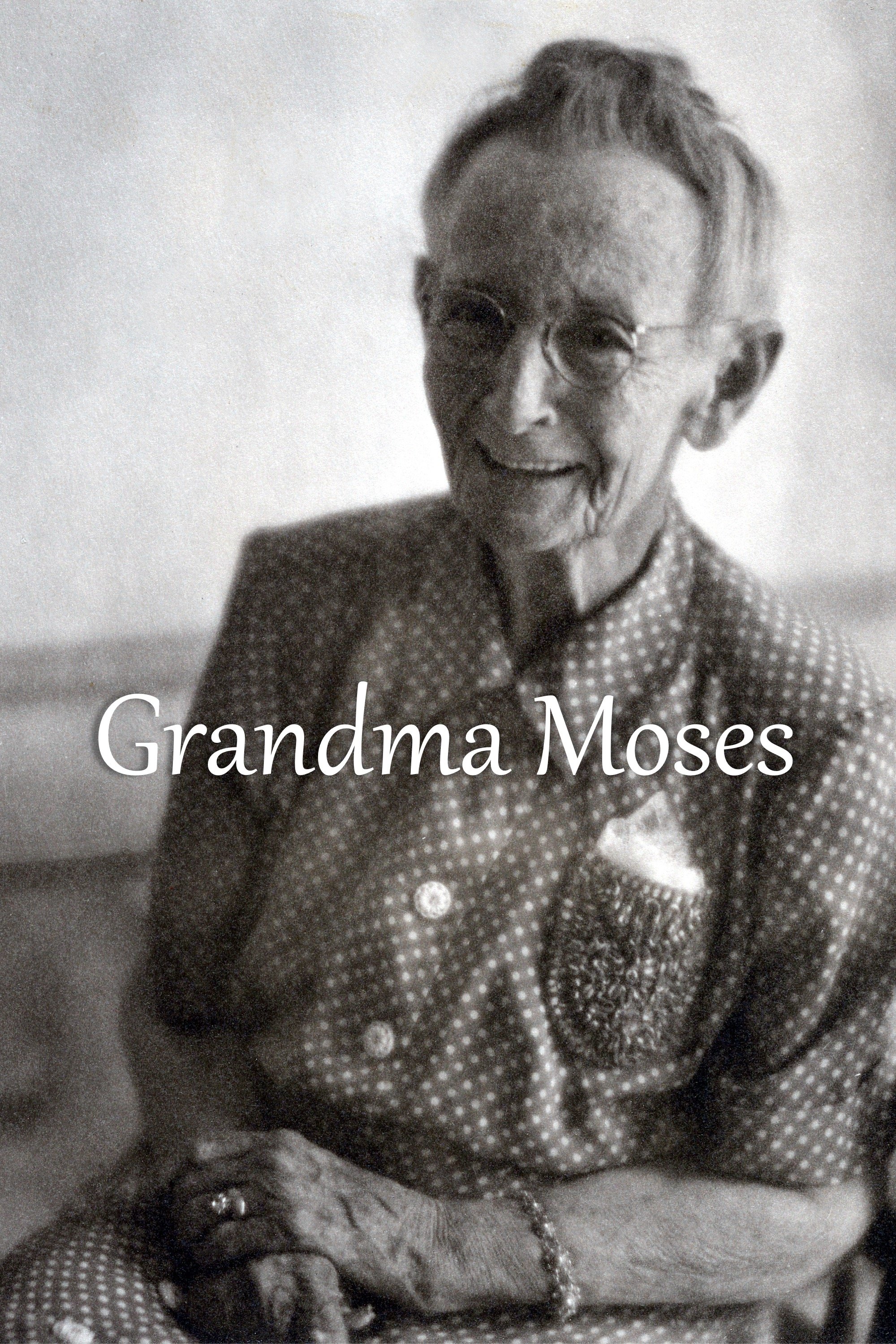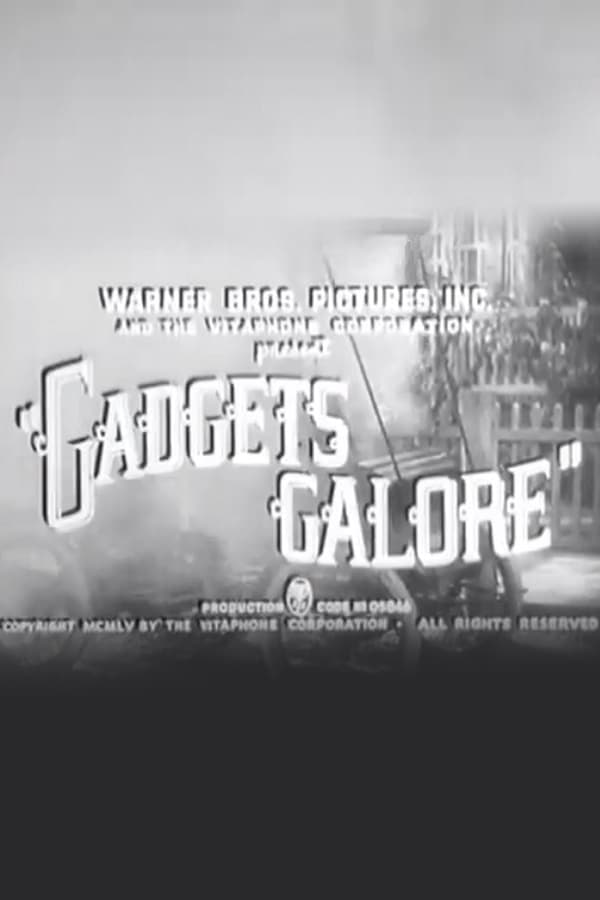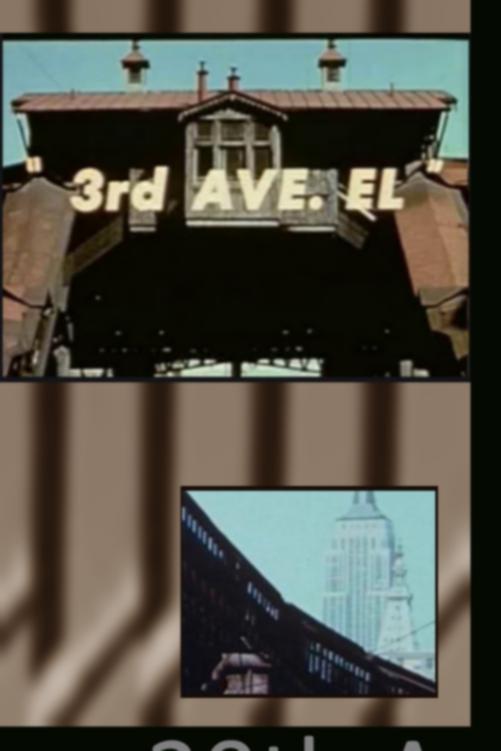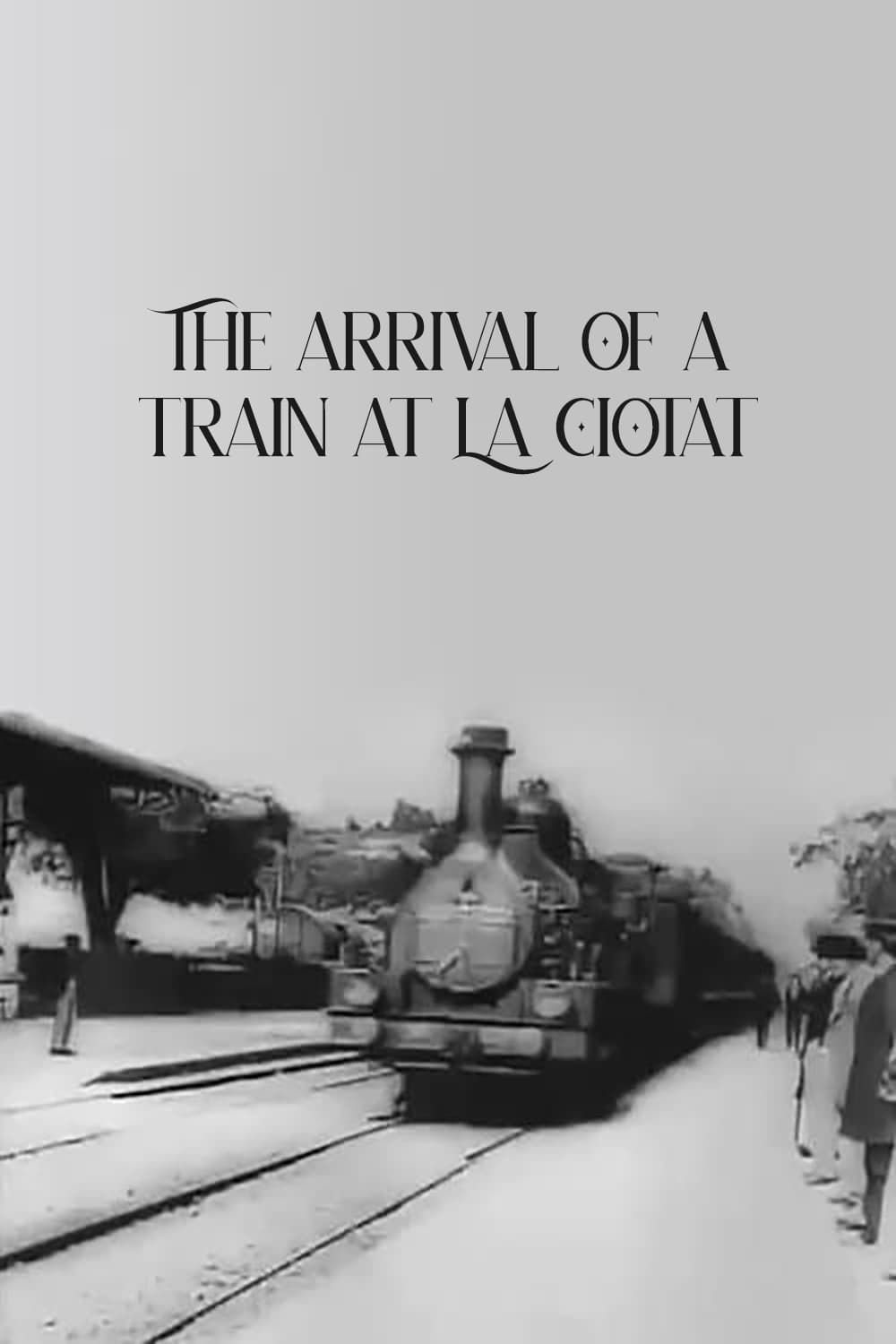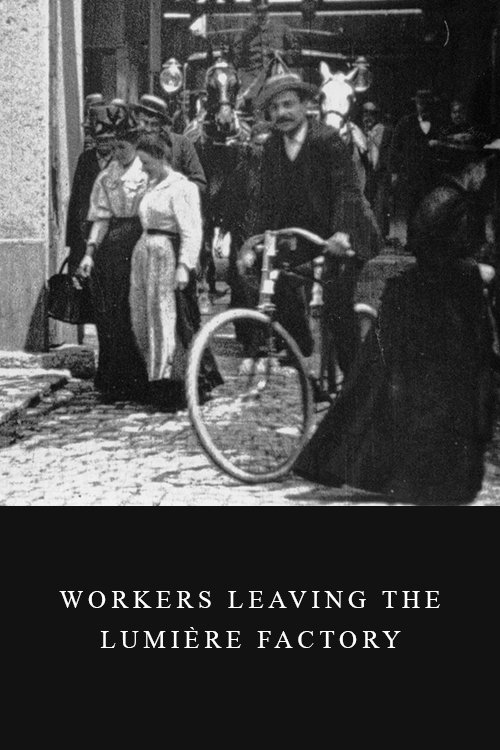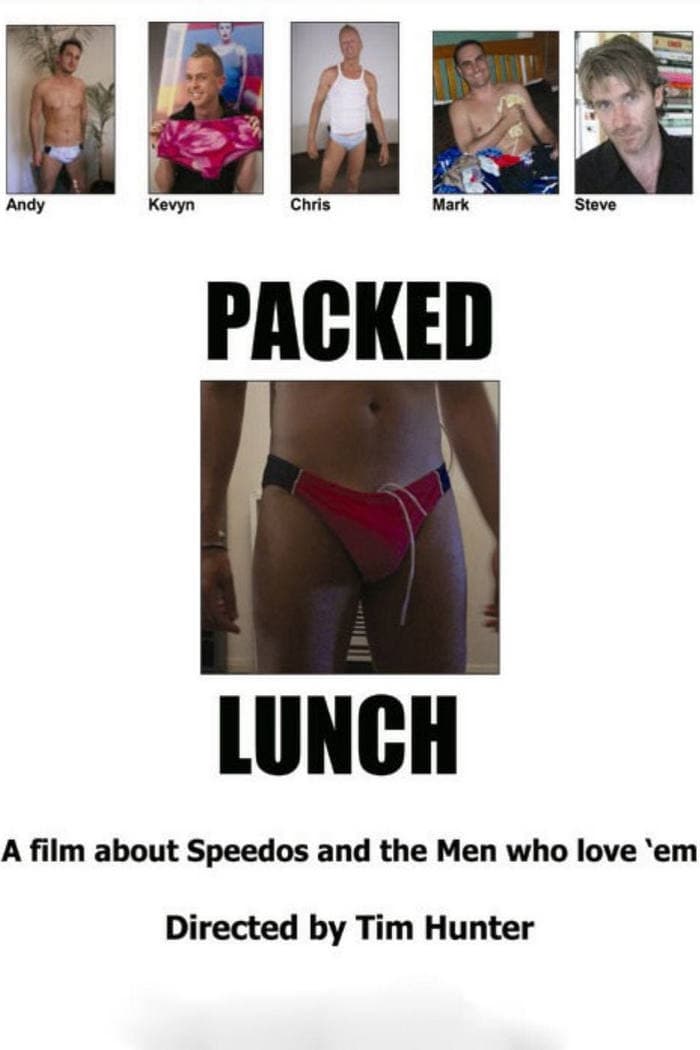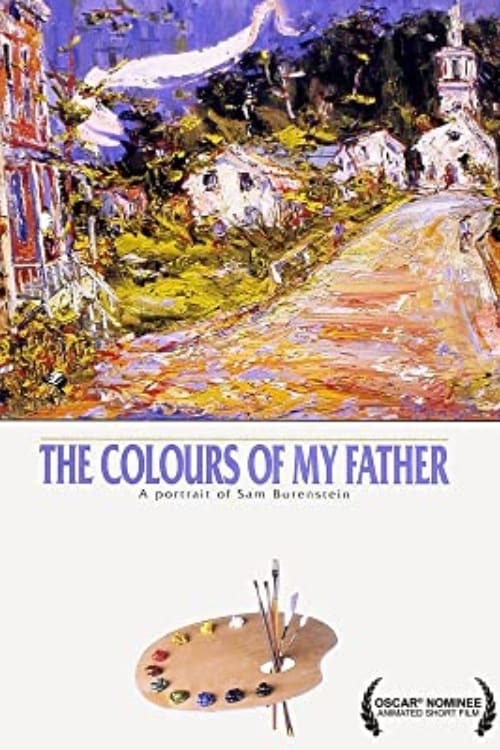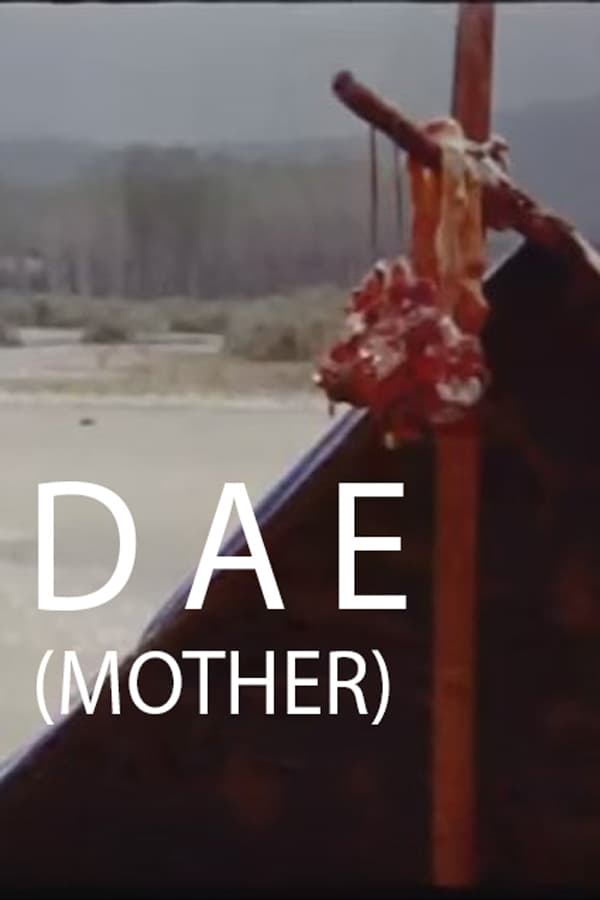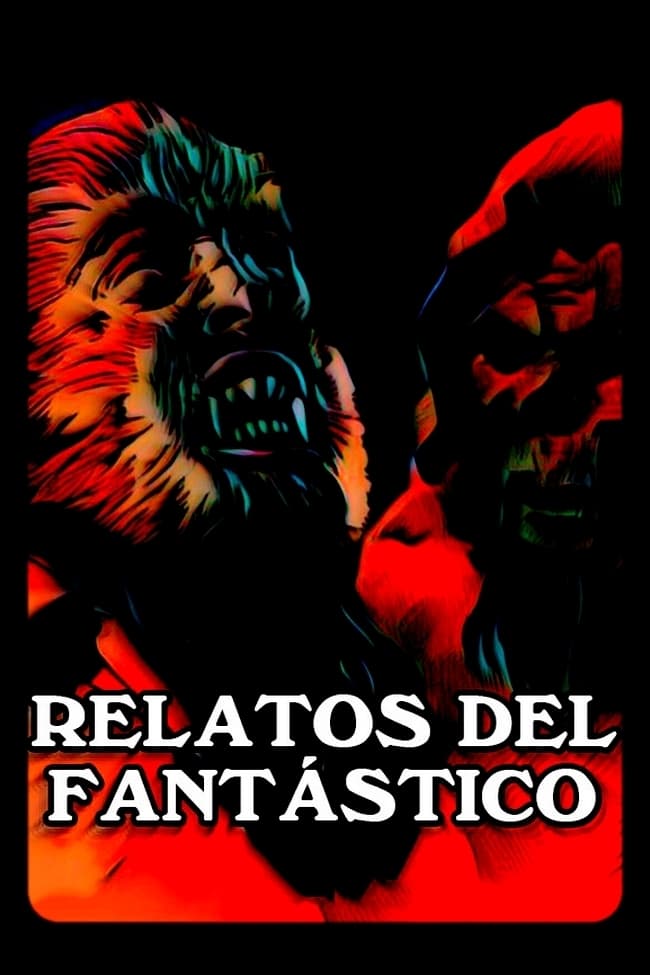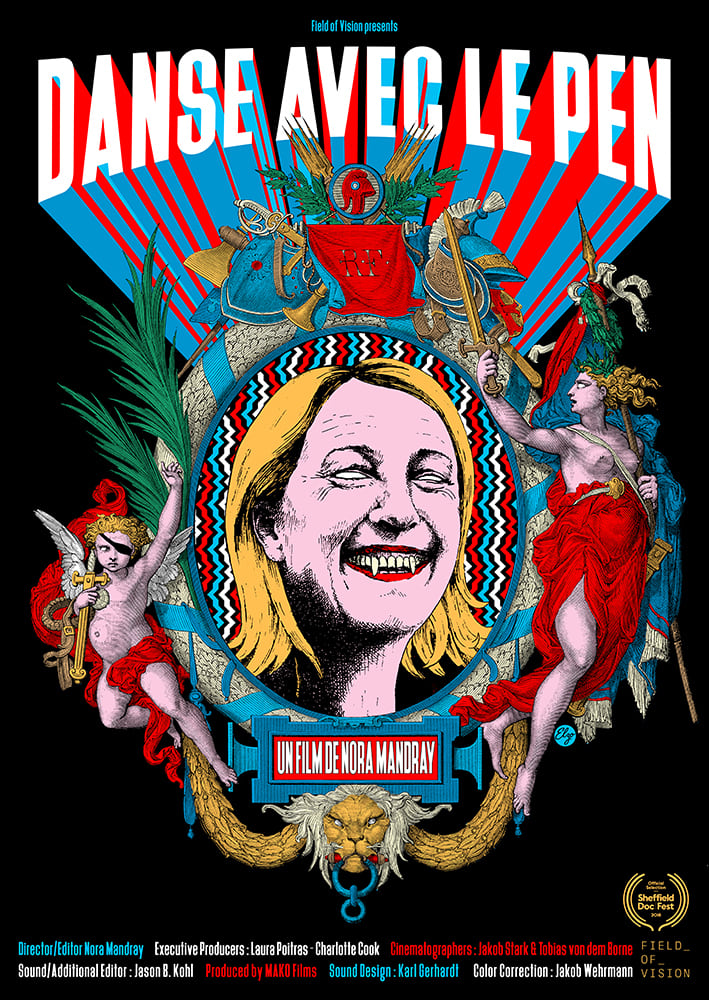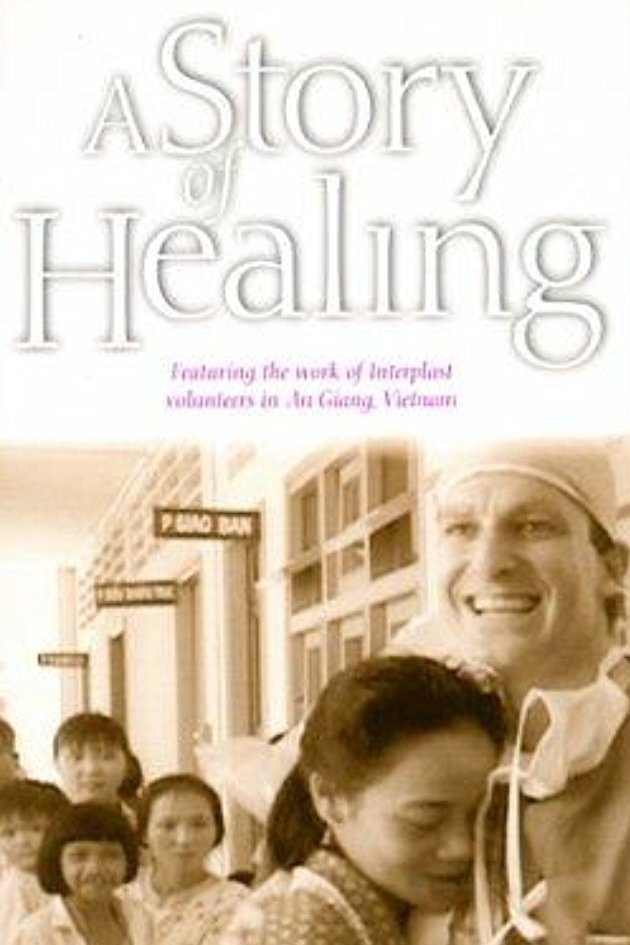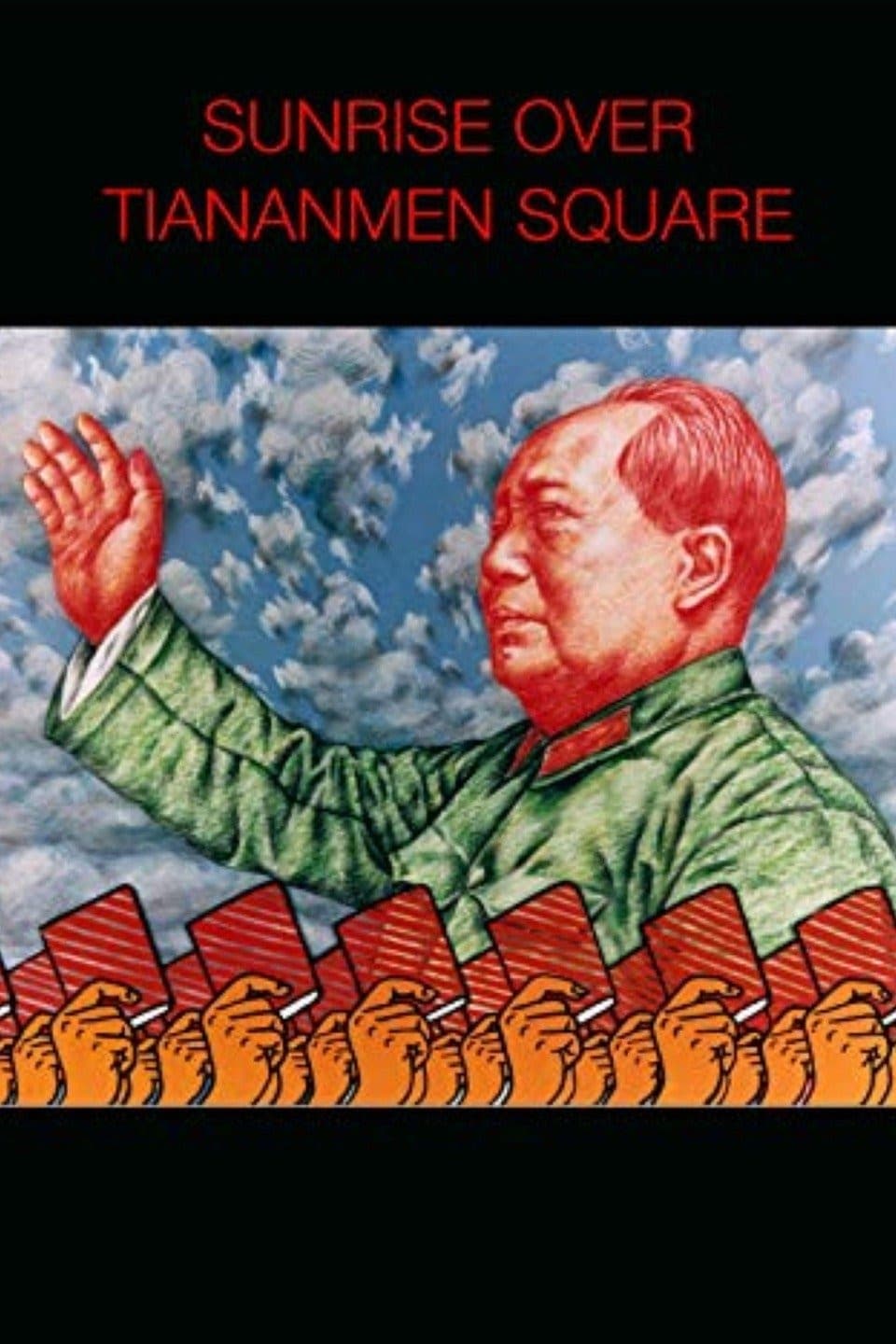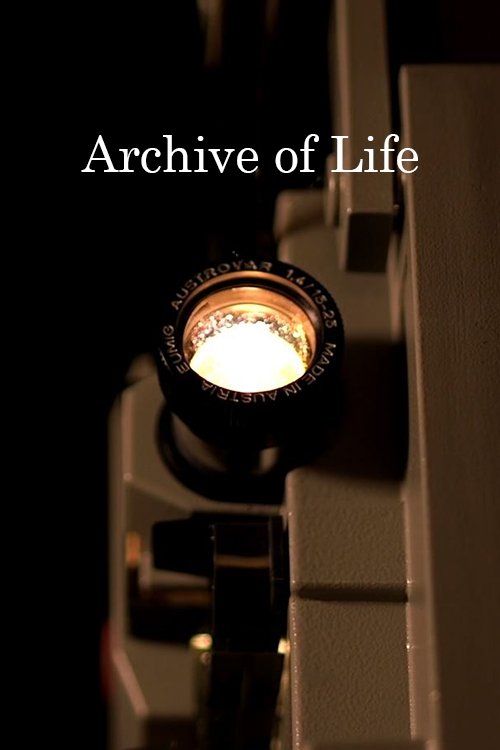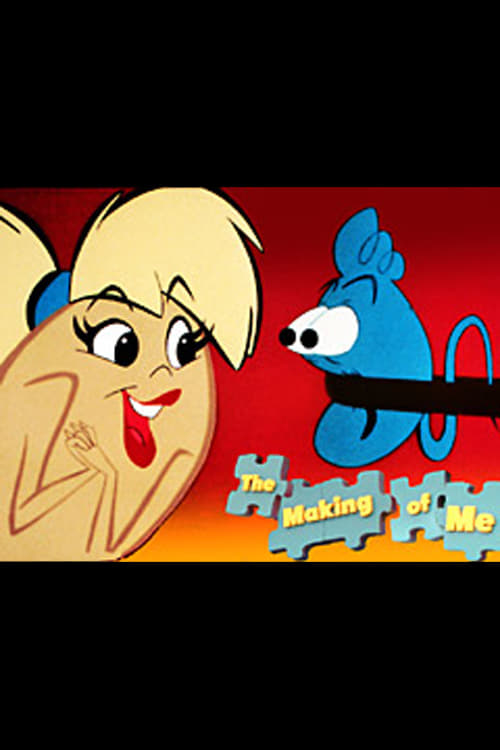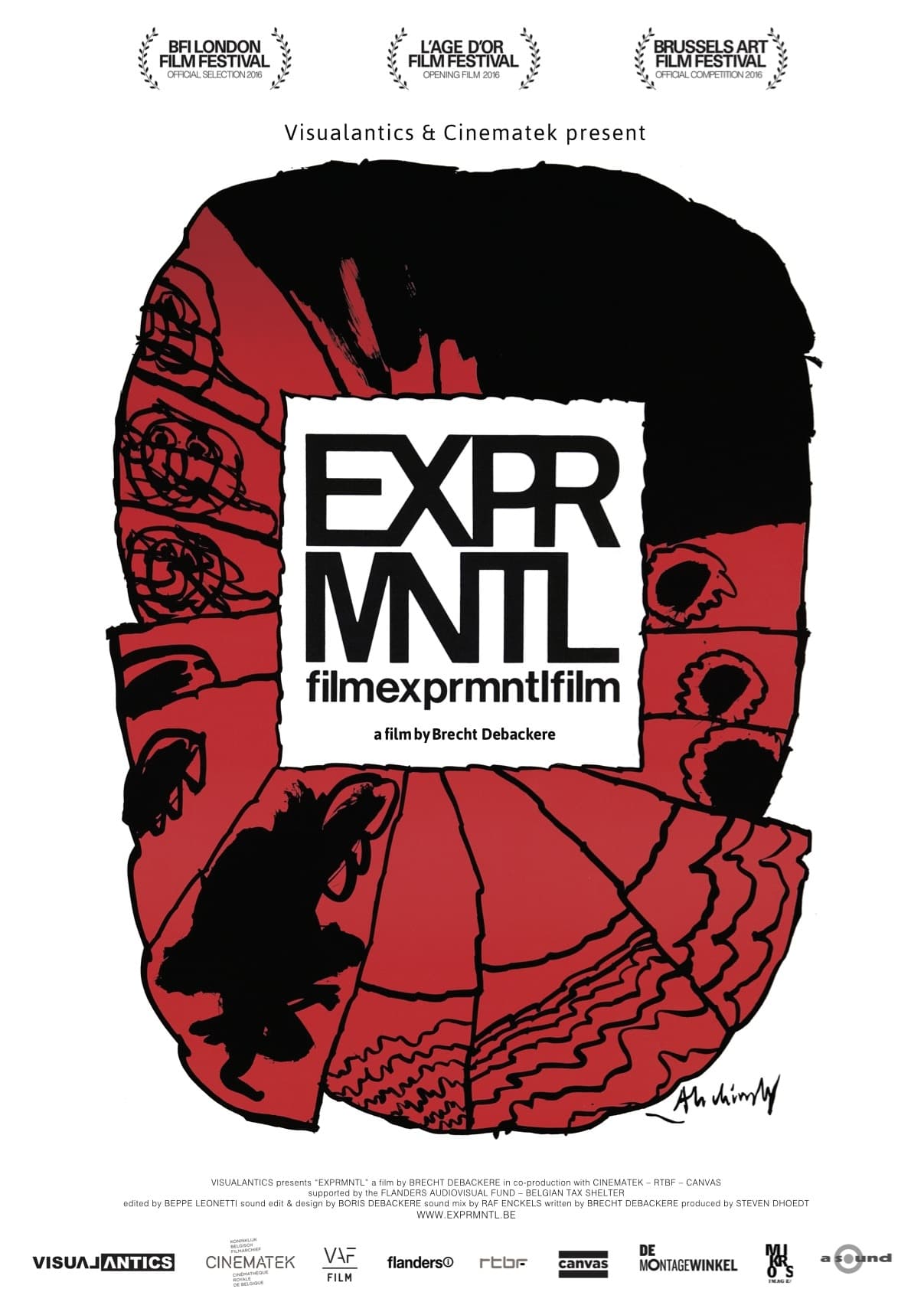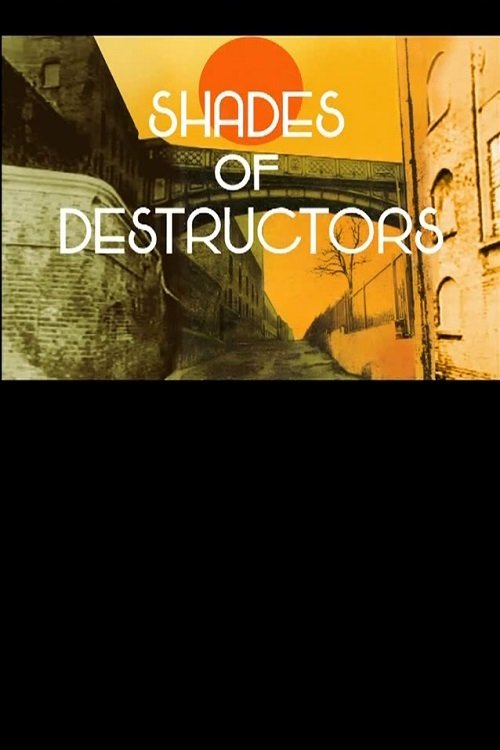
Shades of Destructors (2005)
Overview
Experimental film.
Production Companies
Additional Info
| Budget | $0.00 |
|---|---|
| Revenue | $0.00 |
| Original Language | en |
| Popularity | 0.001 |
Directed By
Mark Leckey
TOP CAST
Similar Movies
Grandma Moses
1950 short film portrait of the octogenarian folk artist. Nominated for an Oscar in the category "Best Short Subject, One-reel".
Gadgets Galore
This Warner Bros. short reviews in an often humorous way the impact of the automobile on the United States. By 1900, the horseless carriage was beginning to have an impact. Early adopters were often the object of attention by large curious crowds. There were many car manufacturers and the quality of their product varied considerably. Traffic jams, pollution and automobile racing were only a few of the outcomes.
3rd Ave. El
Impressionistic picture of the Third Avenue Elevated Railway in Manhattan, New York City, before it was demolished. Preserved by the Academy Film Archive in 2010.
The Arrival of a Train at La Ciotat
A group of people are standing along the platform of a railway station in La Ciotat, waiting for a train. One is seen coming, at some distance, and eventually stops at the platform. Doors of the railway-cars open and attendants help passengers off and on. Popular legend has it that, when this film was shown, the first-night audience fled the café in terror, fearing being run over by the "approaching" train. This legend has since been identified as promotional embellishment, though there is evidence to suggest that people were astounded at the capabilities of the Lumières' cinématographe.
Workers Leaving the Lumière Factory
Working men and women leave through the main gate of the Lumière factory in Lyon, France. Filmed on 22 March 1895, it is often referred to as the first real motion picture ever made, although Louis Le Prince's 1888 Roundhay Garden Scene pre-dated it by seven years. Three separate versions of this film exist, which differ from one another in numerous ways. The first version features a carriage drawn by one horse, while in the second version the carriage is drawn by two horses, and there is no carriage at all in the third version. The clothing style is also different between the three versions, demonstrating the different seasons in which each was filmed. This film was made in the 35 mm format with an aspect ratio of 1.33:1, and at a speed of 16 frames per second. At that rate, the 17 meters of film length provided a duration of 46 seconds, holding a total of 800 frames.
Packed Lunch
What is it about Speedos? Well here Australian director Tim Hunter is on a mission to find the answer to the question of why so many gay men can't seem to get enough of hunks in tight fitting trunks? Although somehow I think the answer can be found in the question! Anyway in a bid to discover the truth, Hunter has carried out a series of interviews with men who have more than a passing interest in this briefest of garment, including that of Speedo designer Peter Travis, who here relates his part in the history of 'the male equivalent of the Wonder Bra.'
The Colours of My Father: A Portrait of Sam Borenstein
The Colours of My Father: A Portrait of Sam Borenstein is a 1992 short animated documentary directed by Joyce Borenstein about her father, the Canadian painter Sam Borenstein. It was nominated for an Academy Award for Best Documentary Short. In Canada, it was named best short documentary at the 12th Genie Awards.
Relatos del fantástico
In 1993, Jesús Parrado interviewed actor and director Jacinto Molina, world-wide known as Paul Naschy, and director Amando de Ossorio, two key figures of the Spanish fantasy cinema. In 2019, part of this footage is rescued. The rest has lost forever.
Qu'est-ce que c'est?
An experimental docu-fiction short from hours of collected material shot by the director. Different scenes, from drunk parties with friends to shots of the Dutch landscape during a train ride, are cut together to see if a narrative story can be constructed from nothing but randomly shot footage.
Dancing with Le Pen
In France’s last presidential election, Marine Le Pen, a right-wing candidate, won over 30 per cent of the vote after an attempt to rebrand a party long associated with her controversial father, Jean-Marie Le Pen. See how three of her supporters faced similar obstacles in changing the narrative.
A Story of Healing
In January, 1997, a team of five nurses, four anesthesiologists, and three plastic surgeons arrive in Vietnam from the United States for two weeks' of volunteer work. They operate on 110 children who have various birth defects and injuries. They also talk to the film crew about why they've made this trip and what it means to them. We watch them work, and we see the children, their families, and their surroundings in the Mekong Delta. Over the closing credits, Dionne Warwick sings Bacharach and David's "What the World Needs Now Is Love".
Still Kicking: The Fabulous Palm Springs Follies
A year in the life of the Palm Springs Follies, featuring beautiful, ageless performers from around the world in a show that is always Standing Room Only. The film intercuts colorful interviews with the participants and footage of auditions, rehearsals, and the actual performances.
Sunrise Over Tiananmen Square
This film illustrates the life of the film director, Shui-Bo Wang in The People's Republic of China. We learn of the life of the director in his own words and images from a child steeped in the values of Chinese communism exemplified by Chairman Mao, to a young man striving to live up to those ideals both as an artist and a soldier.
Archive of Life
This documentary short-film follows the story of The White Bus Cinema based in Southend-on-Sea. They keep the process of projecting real celluloid film alive by showing films from their archive of over 3,000 films, ranging from Super 8, 16mm, and 35mm prints. The film argues why it's important to continue the shooting and projection process of film in our current age of digital shooting and projection in modern Hollywood, amidst the chaos of studios removing films from their streaming services.
Land Without Bread
An exploration —manipulated and staged— of life in Las Hurdes, in the province of Cáceres, in Extremadura, Spain, as it was in 1932. Insalubrity, misery and lack of opportunities provoke the emigration of young people and the solitude of those who remain in the desolation of one of the poorest and least developed Spanish regions at that time. (Silent short, voiced in 1937 and 1996.)
Pestilent City
Pestilent City covers Manhattan from South to North, from Times Square to Harlem, finding along the way ever more poverty, violence, rage and tragic drunkenness.
The Making of Me
Martin Short narrates the story of "his own" birth to explain the subjects of sex, conception, pregnancy and childbirth in an entertaining and educational way.
EXPRMNTL
Knokke, Belgium. A small mundane coastal town, home to the beau-monde. To compete with Venice and Cannes, the posh casino hosts the second ‘World Festival of Film and the Arts’ in 1949, organised in part by the Royal Cinematheque of Belgium. To celebrate cinema’s 50 year existence, they put together a side program showcasing the medium in all its shapes and forms: surrealist film, absolute film, dadaist films, abstract film,… The side program would soon become a festival in its own right: ‘EXPRMNTL’, dedicated to experimental cinema, and would become a mythical gathering of the avant-garde…
